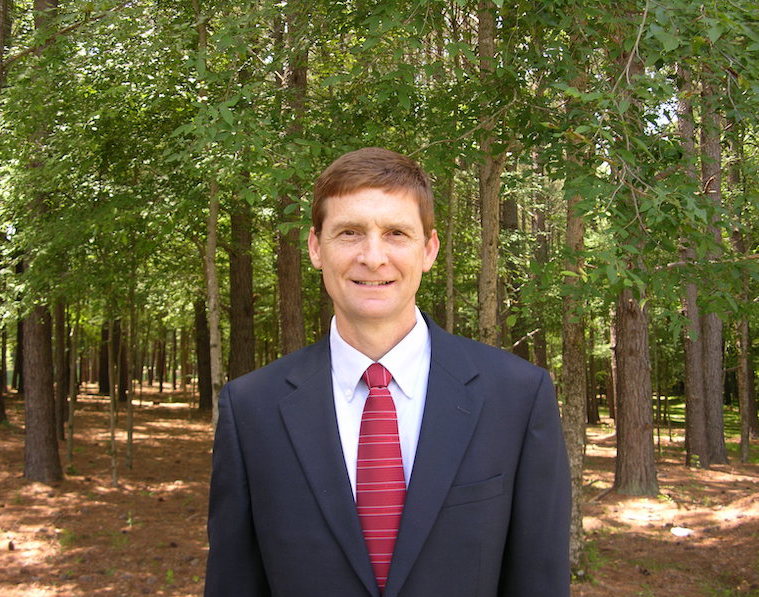Q: Last year following renovation of our skinned areas, we laid several sod widths of a new bermudagrass cultivar rather than going back in with Tifway. We have noticed it seems to be holding that same width although we have heard that this new grass is “more aggressive” than Tifway. Will this change over time? Also, we noticed more seedheads with this new cultivar. Does this mean that it needs more fertilizer than Tifway?
A: Those are two great questions. First, let’s talk about the competition question. When a strip of sod of one turfgrass is installed right next to an existing turfgrass, they will play nice and grow in their own space until there is a competitive advantage for one grass over the other. At some point, there will be an opportunity – or an opening – that one turfgrass can use to its advantage to gain more space. The term we use to describe this is encroachment. Turfgrass factors that may be imbalanced between the grasses that allow encroachment include grass density, lateral growth rate, drought tolerance, and dormancy patterns.
Given these diverse factors, encroachment may not be unilateral. For example, cultivar A may be more sensitive to drought than cultivar B, so it may give up space in the summer if water is limiting. But if cultivar B goes dormant earlier than cultivar A, it may give space back in the fall. Up and down that sod edge, the two grasses will continually compete for space during the year.
Although we may think the two grass cultivars that generally look alike will be similarly competitive when managed the same, at some point either genetics or the environment will give an advantage to one of the cultivars. It may take two years or even three years, but, eventually, that line between the old turfgrass and the new sod will start to become jagged. In your case, the newer cultivar will encroach into your Tifway. This is because turfgrass breeders are breeding and selecting new turfgrasses with improved traits. These traits give new cultivars a competitive advantage over older cultivars.
Second, the seedhead question. This is related to the first question since the variable density of seedheads may be a visual indicator of the presence of one cultivar in another. If one believes everything written on the internet, then it is a lack of fertilizer that is causing seedhead formation. If that were the case, most sports field managers would increase their fertilizer rates so there would be no seedheads. And while nitrogen fertilizer can influence seedhead formation, the flush of seedheads seen in the spring and fall with bermudagrass is primarily triggered by photoperiod, which is defined as the number of hours of daylight per day.
As the days get longer in spring, there will be a critical day length, after which the bermudagrass will begin producing seedheads. This photoperiod may be different for different cultivars, but for most bermudagrasses, day lengths between 13 and 14 hours long will trigger seedhead formation. After the initial emergence, genetics and temperature will have a role in continued seedhead production. And then all those other management factors – such as mowing, irrigation and fertilization – can have their own influences.
Increasing nitrogen fertilizer will only help reduce seedheads so much. Control of seedheads is usually accomplished by more frequent mowing. Some managers will use plant growth regulators (PGRs) to reduce mowing and get some seedhead suppression. But it is easier to limit upright growth of bermudagrass with PGRs than to reduce seedheads. Trinexapac-ethyl is the most popular PGR used for reducing growth and enhancing turfgrass color, but even high rates do not provide great seedhead suppression in bermudagrass. Mowing will still be necessary to remove seedheads.
Grady Miller, Ph.D.
Professor and Extension Turf Specialist
North Carolina State University
Questions?
Send them to Grady Miller at North Carolina State University, Box 7620, Raleigh, NC 27695-7620, or e-mail grady_miller@ncsu.edu
Or send your question to Pamela Sherratt at 202 Kottman Hall, 2001 Coffey Road, Columbus, OH 43210 or sherratt.1@osu.edu


